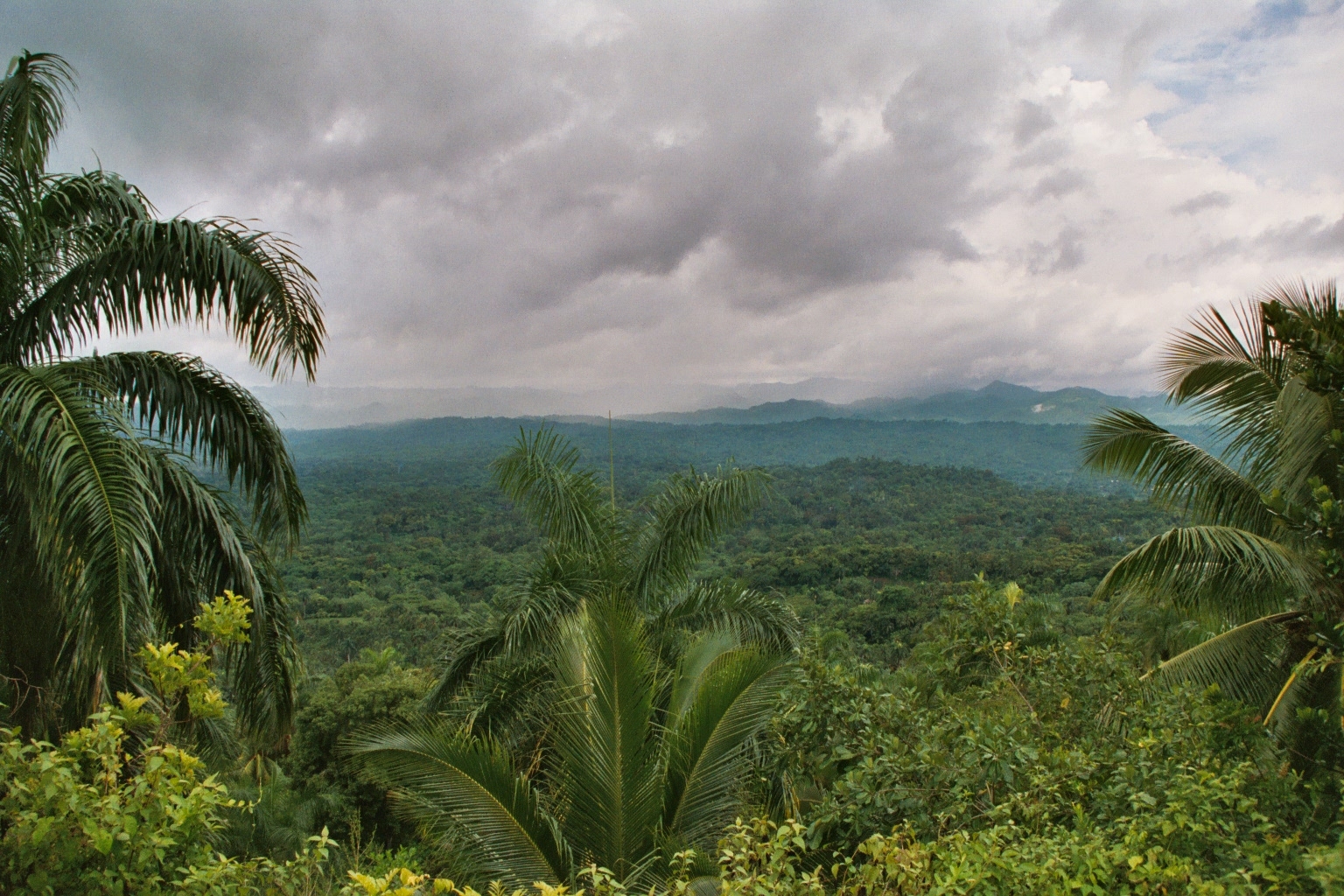The Threat of Lifting the US Embargo
March 1, 2012 by alcanney
Cuba’s political isolation and economic limitations have spelled success for its wildlife in the last 50 years. With Cuba’s limited ability to develop as other Caribbean nations have, and the continuing US embargo helping to keep Cuba in the past, Cuba’s natural resources have been preserved in a way not seen in most of the world. However, no embargo can last forever, and many believe that the US embargo will end soon. While some might look forward to celebrating the end to the hostility and the new potential to enrich the Cuban economy, others worry about the future of Cuba’s unique natural environment.

Like any other country, Cuba does have a history of environmental exploitation. Only a few years after Columbus’ “discovery,” Spanish settlers arrived and began to clear the land to establish plantations. This deforestation only worsened through the following centuries. Cuba’s original forest cover had been 90%. In 1959, it stood at a meager 14%. However, one of Fidel Castro’s priorities since 1959 has been to conserve Cuba’s natural resources. Since then, reforestation has slowly taken place, and today over 26% of the country is forested.
Although Castro, and Cuba as a whole, should be recognized for its dedication to conservation, in truth, a lot of the preservation of Cuba’s land has been due to Cuba’s inability to develop it as most first world countries would have done. With the withdrawal of support from the Soviet Union in 1991, Cuba’s economy collapsed. Without access to modern technologies, Cuban turned to sustainable organic farming practices. Without capitalism driving its development, Cuba has avoided much of the environmental destruction seen in other first world countries.
Due to these political and economic factors, and also to the fact that Cuba is an island, Cuba has developed in a unique way. Cuba boasts incredible biodiversity and is home to more than 7,000 endemic species of plants and animals. One of these includes the bee hummingbird, the smallest bird in existence.

Cuba’s coral reefs are of particular excitement for marine scientists. As coral reefs worldwide have been suffering the effects of global warming, pollution, boats, and fishing, Cuba’s reefs have been the least affected.

Unfortunately, this paradise is threatened by many problems, despite efforts, including pollution, biodiversity loss, and deforestation. On top of this, threat of US tourism looms. If the embargo is lifted, US tourists will flood the island, promoting the construction of new resorts which will destroy beach habitats along the coasts. With the economy also flooded with US dollars, possibly pulling Cuba out of its economic downturn, will Cuba continue to refuse the tempting technologies which have devastated richer countries’ environments? With US companies eager to drill for oil off Cuba’s shores, putting pressure on the government to lift the embargo, this question becomes especially urgent.
To complicate matters further, environmentalists from both Cuba and the US are limited in the amount of work they can do by the embargo. Communication is tricky. Calls to the US in Cuba are expensive, while the internet is restricted to most Cubans. While scientists can sometimes receive academic permits to study in Cuba, the US rarely allows Cuban scientists to enter the country. Although lifting the embargo would end these problems, as well as enriching the Cuban economy, the question is, as always, would the environmental degradation be worth it? As it moves forward, is there a way that Cuba can preserve its unique environment?
Sources:
“Caribbean Islands.” Diversity Hotspots. Conservation International <http://www.biodiversityhotspots.org/xp/hotspots/caribbean/pages/biodiversity.aspx>.
Cuba: The Accidental Eden. PBS, 27 Sept. 2010. <http://www.pbs.org/wnet/nature/episodes/cuba-the-accidental-eden/video-full-episode/5834>.
“Cuba.” The World Factbook. Central Intelligence Agency. <https://www.cia.gov/library/publications/the-world-factbook/geos/cu.html>.
Dean, Cornelia. “Conserving Cuba, After the Embargo.” The New York Times, 25 Dec. 2007. <http://www.nytimes.com/2007/12/25/science/25cuba.html?pagewanted=all>.
“Forest, Grasslands, and Drylands – Cuba.” County Profiles. EarthTrends, 2003 <http://earthtrends.wri.org/pdf_library/country_profiles/for_cou_192.pdf>
4 Responses to “The Threat of Lifting the US Embargo”
Leave a Reply
You must be logged in to post a comment.
visit the next web site
» The Threat of Lifting the US Embargo CUBAN TRANSITIONS
electriq 55 inch 4k ultra hd led tv with freeview hd
» The Threat of Lifting the US Embargo CUBAN TRANSITIONS
bag handle
» The Threat of Lifting the US Embargo CUBAN TRANSITIONS
Powerful Dedicated Server
» The Threat of Lifting the US Embargo CUBAN TRANSITIONS